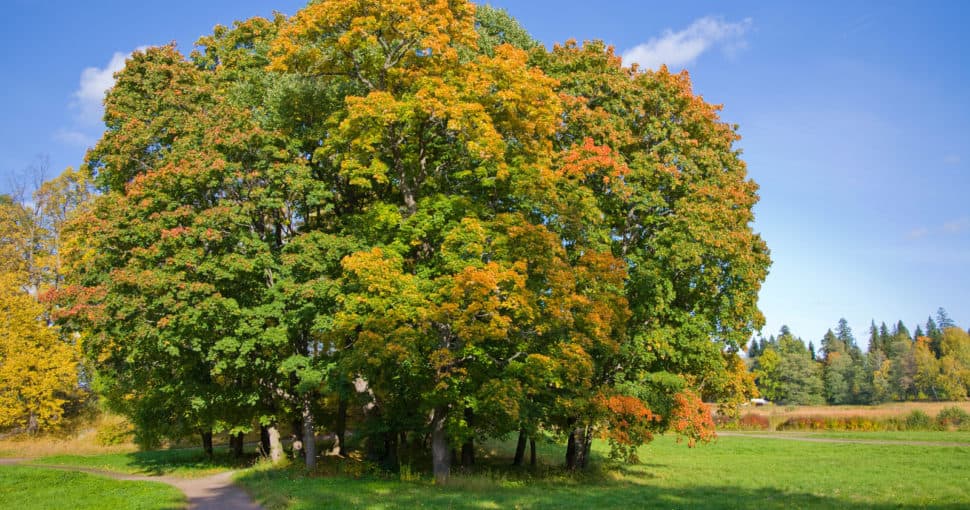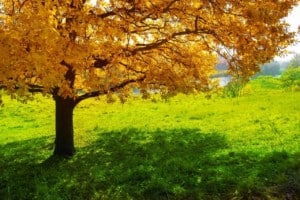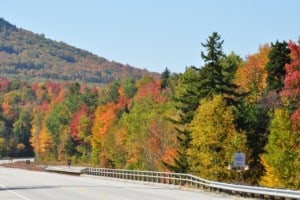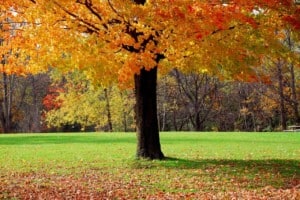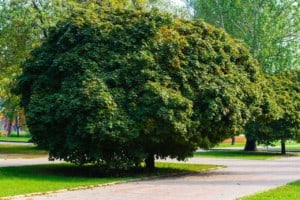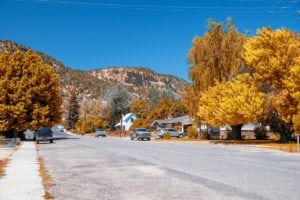Maple trees are well-known across the United States, and they have been increasing in number gradually as people have grown fond of their beautiful winter colors. But what are the pros and the cons of Maple trees that you should know before you plant one in your own garden?
Maple trees have many pros and cons, including that all maple trees are great ornamental plants as they are beautiful. Some Maple trees produce Maple syrup, but some Maple trees have shallow roots that can damage buildings and are susceptible to disease and pests, to name a few!
The 5 Pros Of Maple Trees
Maple trees are certainly one of the most popular and well-known trees around. These trees are big and have a unique leaf shape, and they offer some great benefits. So, let’s go through some maple tree benefits and why you might want to have a Maple tree in your garden.
1. All Maple Trees Are Beautiful
Maple trees are generally considered a good ornamental tree as they have beautifully shaped, delicate, and lacy leaves that change their color depending on the season. Most maple trees will also flower in late winter, producing lovely red flowers.
Maple trees also produce a type of fruit known as winged Samara, which adds to the beauty of this tree. These fruits make the maple tree seem like something out of a fairy-tale when they gracefully twirl to the ground. All this makes Maple trees truly something to behold.
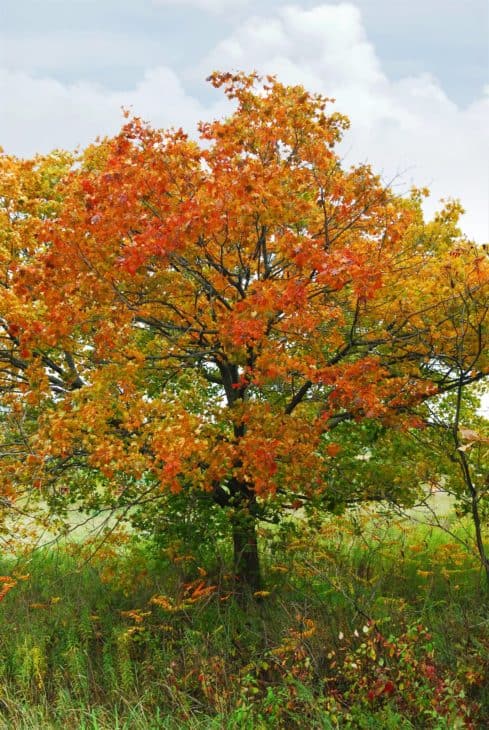
2. Maple Trees Produce Maple Syrup
This is an obvious pro for certain Maple trees. It is important to note that not all Maple trees produce Maple syrup, but some Maple trees do, and that’s worth mentioning on the pros list for these beautiful trees.
The Sugar Maple tree is Canada’s national tree, and it produces the best and purest gold liquid that we Maple syrup that is on the market today. The Maple syrup is derived from the sap of this specific Maple tree, which is then processed into the sugary liquid we all know and love.
3. Maple Trees Are Fast Growers
Maple trees are known for their ability to grow relatively fast compared to various other tree species.
This is an excellent benefit as when you plant them in your garden to create a lovely-looking landscape, you will not need to wait long to see the fruits of your labor, and you can enjoy the appearance of these beautiful trees sooner.
One example we can use to illustrate the fast growth of Maple trees is the Red Maple tree that has been known to grow up to 5 feet in one year.
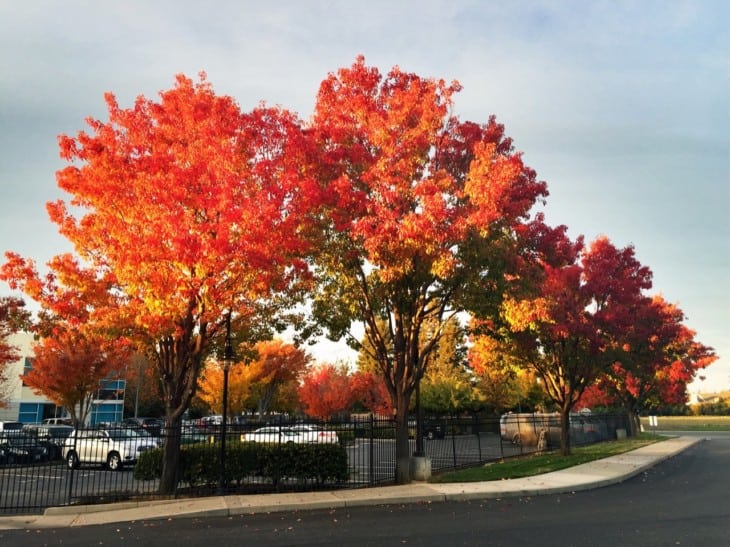
4. Maple Trees Can Tolerate Different Soil Types
Maple trees are not only beautiful and fast growers, but these trees are also easy to grow and don’t generally require a lot of care from you when they are healthy and in good condition. One thing you won’t need to worry about with most Maple trees is the type of soil you plant them in.
Most Maple trees can grow strong and healthy in various types of soil, as long as the soil is not too alkaline. This means that you probably won’t need to fertilize your Maple very often, if at all.
5. There Are A Wide Variety In Species Of Maple Trees
Maple trees have a wide variety of species that you can choose from to grow. Each Maple tree variety has different sizes, shapes, colors, and winter colors. This means that you can find a Maple tree that will fit perfectly into your garden and one that has your favorite winter colors for you to adore.
Some Maple trees will stay small, while some will grow tall but as thin as a column, then you have others that will spread out wide and cover a large area.
The 4 Cons Of Maple Trees
Even though Maple trees are stunning to look at and bring a whole host of benefits to the table, Maple trees do have some drawbacks that you should be aware of before you decide to plant one for yourself.
1. Maple Trees Are Susceptible To Disease And Pests
Some Maple trees are more susceptible to diseases and pests than others, but they all carry a minor susceptibility to these problems, which can damage the tree’s health. The main pests that your Maple tree may face include Beetle borers and Aphids.
Both of these pests can severely damage your Maple tree and will require you to treat them for them to leave your Maple tree alone. The main diseases your may face with your Maple tree include Root rot, Verticillium, and leaf spot fungus. All these diseases will require urgent treatment if you want your Maple tree to survive.
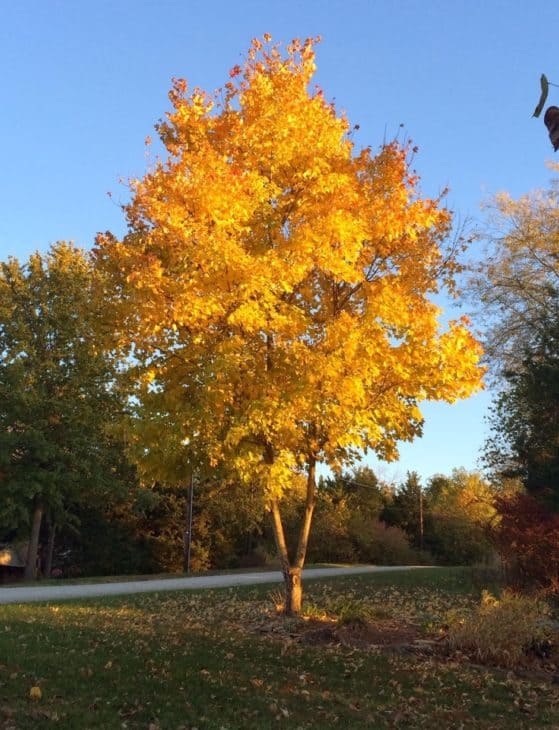
2. Maple Trees Have Shallow Roots
The root systems of certain Maple trees often have feeding roots that are close to the surface of the soil. This can cause a variety of problems for you and your Maple tree.
These feeding roots can begin to rise the concrete surrounding them, damaging your house foundations if the Maple tree is close to your house. If the Maple tree is by your lawn, you can damage these roots when you mow your lawn, which can cause them to scar.
These are only some of the problems you can face because of these shallow roots of certain Maple trees. So, be sure to research which type you plant for the area you want the tree to grow in.
3. Different Maple Trees Require Different Environments
Certain species of Maple trees will only grow in certain environmental conditions, which makes some Maple trees regional and unable to grow in certain areas of the country.
So, unfortunately, you can’t pick a Maple tree and plant it without first doing some research on USDA Growing Zones and what Maple tree will grow well in your location. If you don’t do your research before planting, your Maple tree may be more susceptible to disease as it might not be planted in the right conditions.
4. Some Maple Trees Produce Dense Shade
Some Maple trees like Red Maples and Hard Maples will produce dense shade around them if you do not keep their growth in check. This dense shade can cause some plants under the Maple tree to die off, creating a bare patch.
This bare patch of soil can then begin to dry out, and you will not be able to grow any plants like grass under these trees. If you do not want a bare patch to develop, you need to prune back the tree’s growth when necessary, or you need to plant shade-loving plants under the tree.

